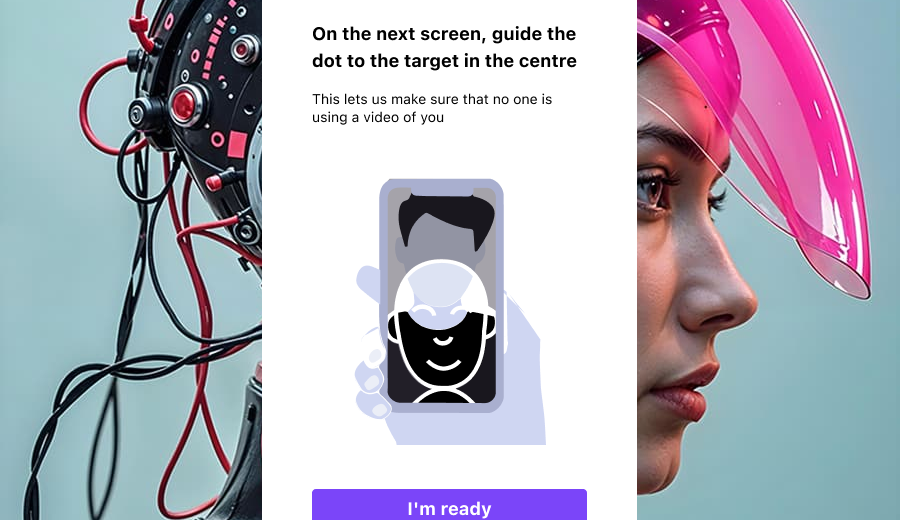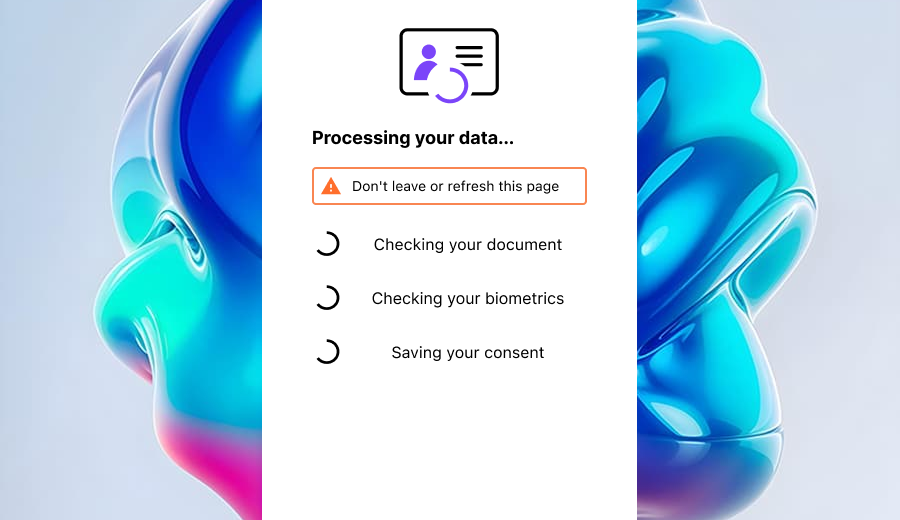In an increasingly digital world, verifying someone’s identity has become a cornerstone of security, trust, and convenience. Whether it’s logging into a bank account, accessing a government service, or proving your age online, identity verification ensures that you are who you claim to be. But how should this be done? Two main paths dominate the conversation: biometric verification, which relies on unique physical or behavioral traits, and non-biometric methods, which lean on traditional credentials and knowledge-based systems. Each approach has its strengths, weaknesses, and implications—let’s dive in.
What Is Identity Verification?
At its core, identity verification is the process of confirming that a person’s claimed identity matches their actual identity. It’s about preventing fraud, securing systems, and ensuring accountability. The stakes are high: a 2023 report estimated that identity fraud cost businesses and individuals over $50 billion globally in a single year. With such risks, choosing the right verification method is critical.
Biometric Verification: The Power of You
Biometric verification uses something inherent to you—your fingerprint, face, voice, or even the way you type—to confirm your identity. It’s fast, often seamless, and tough to fake (though not impossible). Here’s how it stacks up:
Advantages:
- Uniqueness: No two people have identical fingerprints or iris patterns, making biometrics highly reliable.
- Convenience: No need to remember passwords or carry ID cards—just scan your face or finger.
- Speed: Modern smartphones and devices can authenticate in seconds, streamlining user experiences.
Drawbacks:
- Privacy Concerns: Storing biometric data raises red flags. If a database is breached, you can’t “reset” your face or fingerprint like a password.
- Cost: Implementing biometric systems can be expensive, especially for smaller organizations.
- Errors and Bias: Facial recognition, for instance, has faced criticism for higher error rates with certain demographics, raising ethical questions.
Take airport security as an example: biometric systems like facial recognition are now common at gates, cutting wait times significantly. Yet, some travelers opt out, wary of how their data might be used or shared.
Non-Biometric Verification: The Traditional Path
Non-biometric methods rely on what you know (passwords, PINs) or what you have (ID cards, security tokens). Think of entering a password or showing a driver’s license—these have been the backbone of identity verification for decades.
Advantages:
- Control: Users can change passwords or replace lost cards, offering flexibility biometrics can’t match.
- Lower Barrier to Entry: No fancy hardware required—just a username and password will do for many systems.
- Privacy: Less invasive than handing over your biometric data, as long as credentials stay secure.
Drawbacks:
- Vulnerability: Passwords can be guessed, stolen, or phished. Physical IDs can be forged or lost.
- Friction: Memorizing complex passwords or carrying multiple documents can frustrate users.
- Scalability: Manual checks (like showing an ID) don’t work well for large-scale digital systems.
Consider online banking: many still use a combination of usernames, passwords, and security questions. It works, but phishing attacks and weak passwords remain persistent threats.
Hybrid Solutions: The Best of Both Worlds?
Increasingly, organizations are blending biometric and non-biometric methods for a layered approach called multi-factor authentication (MFA). You might enter a password (non-biometric) and then scan your fingerprint (biometric). This boosts security while addressing some limitations of each method alone. For instance, if a hacker steals your password, they’d still need your phone or face to get in.
Which Is Better?
It depends on the context. Biometrics shine in high-security, user-friendly scenarios—like unlocking your phone or crossing borders quickly. Non-biometric methods hold strong where simplicity, cost, or privacy take priority, such as small-scale apps or systems wary of data collection. The real question is balance: how much security do you need, and what trade-offs are you willing to accept?
The Future of Identity Verification
As technology evolves, so will these methods. Decentralized identity systems, powered by blockchain, promise to give users more control over their data, potentially reducing reliance on centralized biometric databases. Meanwhile, advances in AI could make non-biometric systems smarter—think behavioral analysis based on how you interact with a device, not just what you type.
Ultimately, identity verification isn’t about picking one winner. It’s about finding the right tool for the job. Biometric or not, the goal remains the same: proving you’re you, securely and efficiently, in a world where trust is both precious and precarious.



